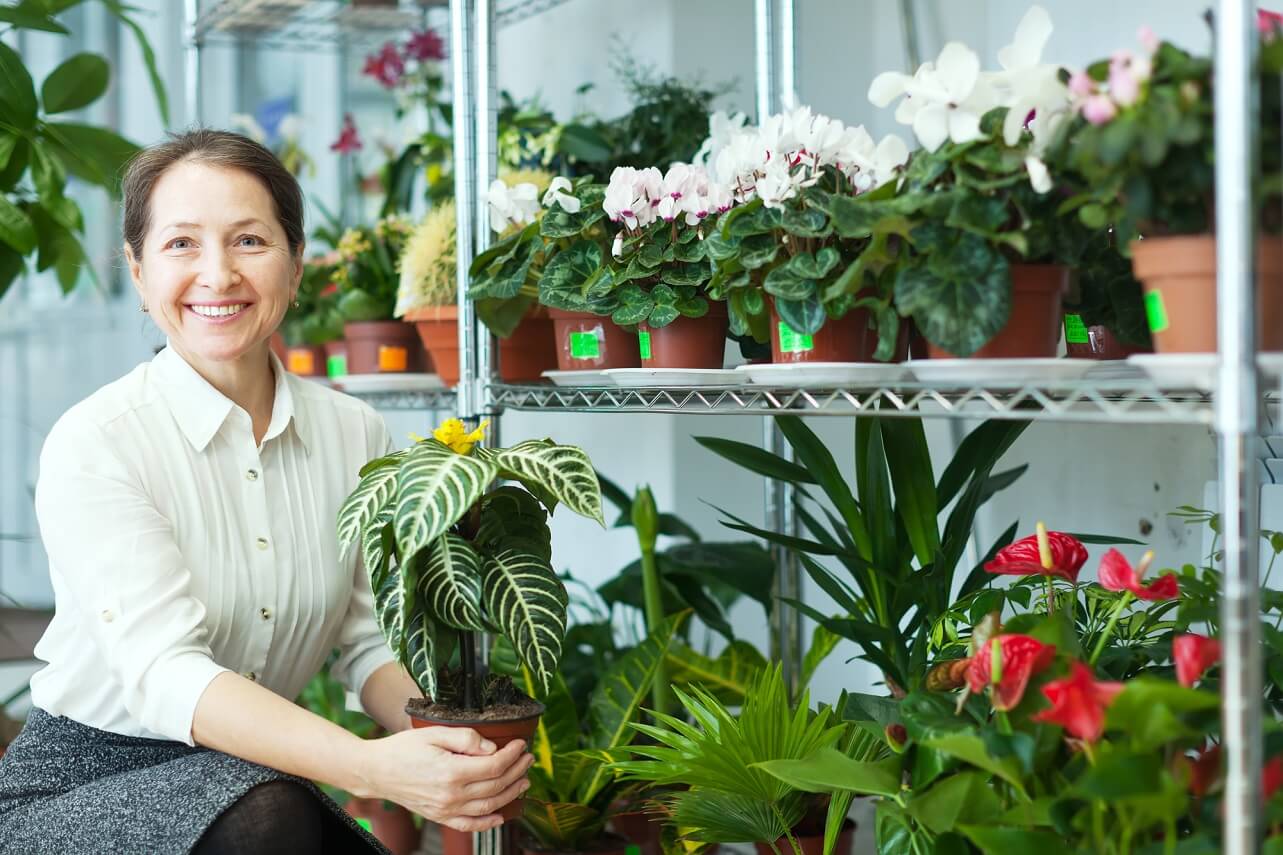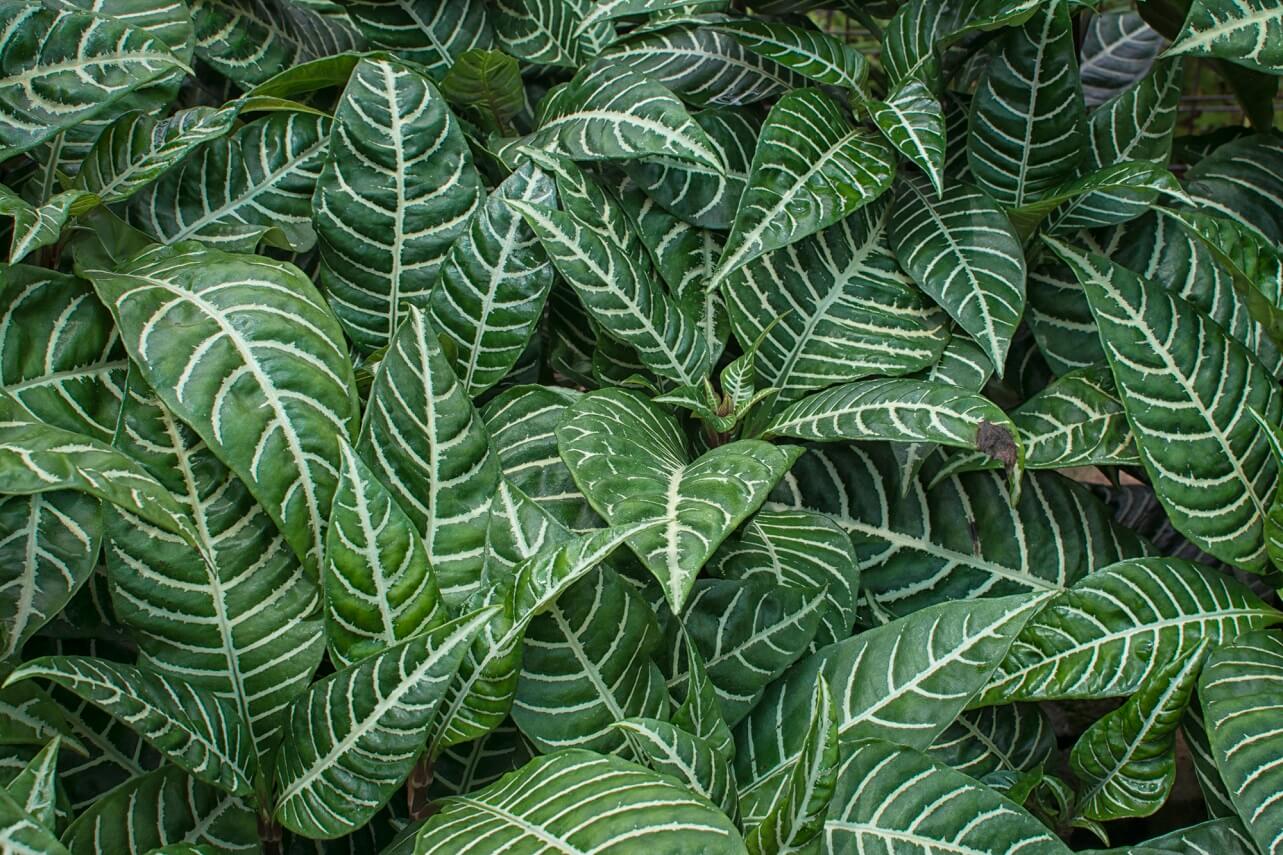Aphelandra squarrosa, or Zebra plants, are tough houseplants but are relatively easy to propagate. They can be propagated through stem cuttings or by a process called air layering. Whether you need to prune an overgrown plant and don’t want to waste the cuttings or you save a partially damaged plant, this article will discuss the propagation process for zebra plants.
What You'll Learn Today
How to Cut Zebra Plant For Propagation?

If you’re propagating a zebra plant via stem cuttings, it’s important to get a nice healthy section of leaves to start your new plant with. Shoots that are growing well and look happy are far more likely to establish healthy roots.
To start, assess your zebra plant to find the best-looking stems. Your ideal cutting should be about 4-6 inches in length and should contain at least 2 sets of leaves.
Once you’ve narrowed down the best-looking stems, imagine what the plant will look like with those sections gone. The best time to propagate is when you’re already pruning the plant so that you can use sections that you would have cut off anyways.
When you find your top candidate, use clean, sharp garden shears to cut the stem just below a node. A node is a small bump on the stem that the leaves grow from. Try to make the cut at a 45-degree angle, which will give the roots more surface area to grow from.
How Do You Propagate Zebra Plants?

Once you have your cutting, you can either plant it in soil or root it in water. Here’s how to root a zebra plant cutting in soil:
Step 1: Find a Pot
Your zebra plant cutting should propagate in a very small container with at least one drainage hole.
Step 2: Choose A Medium
It seems like every seasoned gardener has a different propagation soil mix that they swear by. The general consensus is that a soil-less mix is optimal.
One of the easiest ways to make a mix for propagation is by mixing perlite with peat moss or coco coir (a more sustainable alternative to peat moss). Moisten the mixture before you put the cutting in, as some of it will settle.
Step 3: Remove Bottom Leaves
Remove the lowest set of leaves on the stem. Roots will most likely come from the same spot.
Step 4: Apply Rooting Hormone
Rooting hormone is not mandatory for propagation, but it increases the success rate of roots developing from cuttings. The rooting hormone stimulates root growth as well as helps to seal the wound on the stem where you made the cut.
Step 5: Put the Cutting in Soil
Stick the cut end of the stem right into the soil. Make sure the area with the node is completely covered.
Step 6: Add Humidity
Like with most other houseplants, zebra plant cuttings require a lot of humidity to establish. The easiest way to do this is to open a plastic zip-top bag and put it over the pot to trap moisture.
Step 7: Find a Spot
Keep the cutting in an area with lots of bright, indirect light. The cuttings will do best in a warm environment, about 70-80 degrees Fahrenheit. Many plant owners like to put a heating mat underneath propagations to keep them warm and stimulate growth.
As long as you maintain a humid, bright environment, roots will develop in about 1-2 months. You’ll be able to tell if the plant is rooted by tugging on it gently. If it offers some resistance, there are roots.
How Do You Propagate Zebra Plants in Water?
Rooting zebra plants in water is very simple. A lot of people like this method because you can easily monitor the progress of the roots developing. Some people say it takes longer for roots to develop in water, however.
If you choose to root your cutting in water, choose a narrow glass to keep it in. Just like the soil method, you can dip it in rooting hormone before placing it in the container.
Fill the container with distilled, room temperature water and make sure that the bottom of the stem where the nodes are is submerged. You do not have to provide additional humidity (like the zip-top bag) for cuttings that root in water.
Finally, put the container in a bright location, and watch for roots to develop. Once you have several decent-sized, healthy-looking roots, you can transfer the zebra plant to a pot of soil.
How Do You Air Layer a Zebra Plant?
Air layering is a form of propagation that involves getting the plant to produce new roots before cutting the stem off of the parent plant. This method takes a little longer, but will produce a stronger plant overall.
To air layer a zebra plant, take a sharp knife and slit the stem below a node, and stick a toothpick into the slit to prop it open. This prevents the wound from closing before it forms roots.
Next, moisten some sphagnum moss and wrap it around the stem. Then wrap the stem tightly with plastic wrap or foil and tie it in place.
When roots start coming out of the moss, you can remove the stem from the parent plant and place it in its own pot. This usually takes around 2 months.
Before you air layer for the first time, it helps to get a visual demonstration. Here’s a quick tutorial on air layering plants:
If you’ve never propagated a plant, it can sound intimidating. But once you get the first one under your belt, you’ll be hooked. Just keep in mind that propagation is not always successful, and requires a lot of patience. If you have multiple cuttings available, try rooting all of them to maximize your chances of rooting.
I don’t have any rooting hormone, can I still propagate my Zebra Plant?
Rooting hormone is not essential is propagating and growing a Zebra Plant. Yes, it can help the roots to form, but your cuttings will grow just fine without. They may take slightly longer to form roots, but the end result will be the same – a good, healthy plant!
My cutting is rooting in water but the leaves are droopy. Do you have any tips?
Hi Annick, if there are roots starting to appear then it’s going well! It may be time to get your plant into some soil, where it can root properly. You may very well find that the droopy leaves perk up, and if not then it should start to grow new ones. Best of luck!